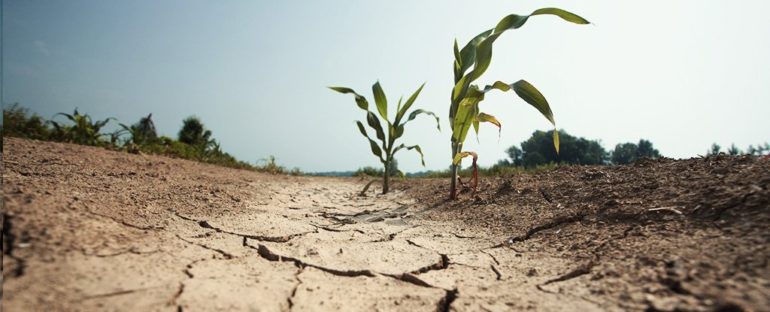A single bad El Niño can drive almost 6 million children into severe hunger, a new study has found.
This is up to three times as many children that have gone hungry due to the global pandemic, and a clear demonstration of how El Niños can directly impact human wellbeing on a massive scale.
“It’s a real tragedy that even in the 21st century so much of the human population is pushed to desperation by predictable climate processes,” says public health researcher Gordon McCord from the University of California, San Diego.
El Niño is a natural heating cycle over the Pacific ocean that causes large-scale weather changes around the globe around every four to seven years. Usually, equatorial winds blow from east to west across the Pacific ocean, but when sea surface temperatures increase, these winds weaken and can even reverse – altering patterns of rainfall and temperatures.
Dire consequences of these massive shifts in air currents reverberate through ecosystems around the world – including within our own societies. They trigger harsh droughts, fuel hurricanes, lead to suffocating sea life and spur disease outbreaks, with economic and health impacts that can increase civil conflicts.
And they’re becoming more brutal with climate change.
University of San Francisco environmental economist, Jesse Anttila-Hughes, and colleagues examined the impacts of El Niño-Southern Oscillation events on children in the tropics. They analyzed four decades of children’s health records from 51 developing countries, along with mean sea surface temperature between May and December of a given year – an indication of which were El Niño years.
The El Niño climate phenomenon has particular impacts on tropical regions because temperatures here are closer to the edge of what crops can withstand. The population of vulnerable children here is also larger, with 20 percent already classed as severely underweight by The World Health Organization (WHO).
Data on over 1 million children, covering almost 50 percent of the world’s children aged under 5 years old, revealed a clear pattern.
Collectively, the children’s weight clearly decreased during the years with El Niños. Years later, this also translated into a stunting of height, indicating El Niño conditions coincided with worse child undernutrition in most of the areas studied.
From Latin America through to Sub-Saharan Africa and South Asia, the effects didn’t vary across regions. But there were differences in some key locations.
In a few countries, the ones that experienced increases in rainfall during El Niños, the children received greater nutrition, as indicated by their height and weight statistics. So unsurprisingly, it looks as if precipitation is a key driver between El Niño and nutritional outcomes in children.
“Scientists can forecast an approaching El Niño up to six months in advance, allowing the international community to intervene to prevent the worst impacts,” explains University of Chicago environmental economist Amir Jina.
“Our study helps to quantify those impacts on child nutrition to guide global public investments in food insecure areas.”
By the team’s calculations, the 2015 El Niño added almost 6 million children to millions already struggling with malnourishment in these regions.
“Since scientists can point to which places are going to have drought and which places are going to flood months ahead of time, the international community could act proactively to prevent millions of children from falling into undernutrition,” says McCord.
Anttila-Hughes is concerned that we’re not yet taking action to pre-empt these recurring and predictable El Niño events, given how shifts in climate are set to make both local and global climate events a lot less predictable in the future.
“[Our work] could contribute to development of hunger early warning systems that would allow actors to deploy nutrition and humanitarian support operations in proactive instead of reactive ways,” the team writes in their paper, recommending governments and humanitarian agencies incorporate El Niño forecasts into their planning and budgets.
This research was published in Nature Communications.


